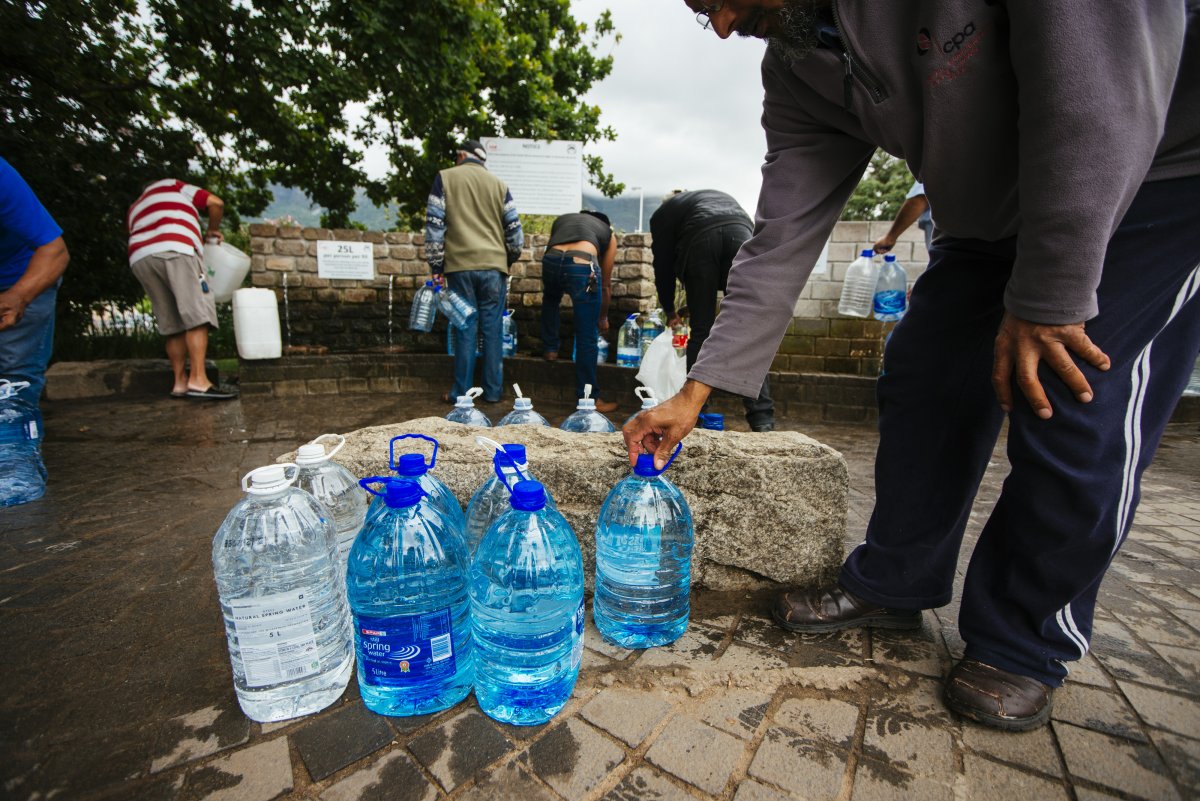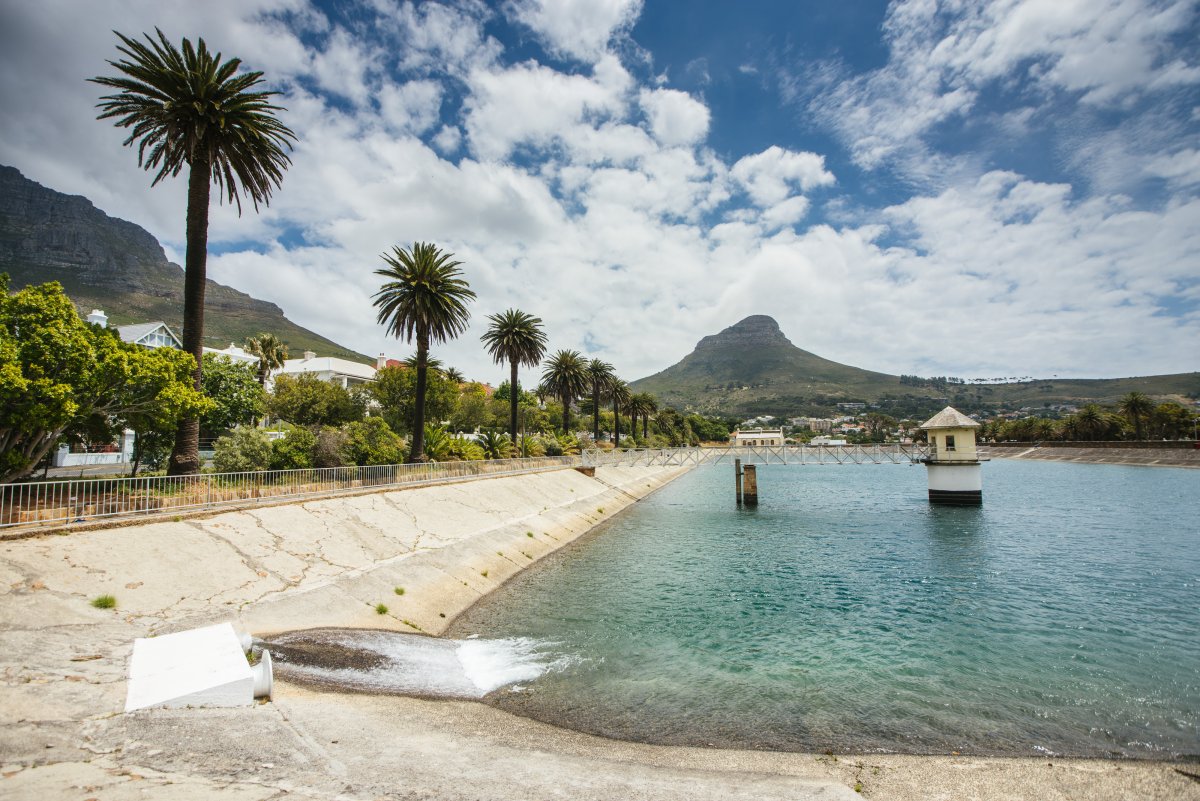South Africa’s drought-hit city of Cape Town introduced new water restrictions Thursday in an attempt to avoid what it calls “Day Zero” — the day in mid-April when it might have to turn off most taps.

Residents have been asked to use no more than 50 litres of water daily, down from the current limit of 87 litres. The use of city drinking water to wash vehicles, hose down paved areas, fill up private swimming pools and water gardens is illegal. Residents using too much water will be fined or have devices that limit water supply installed on their properties, according to the rules.
READ MORE: Cape Town will deploy army, police to protect water source after taps run dry on ‘Day Zero’
Some 70 per cent of water used in Cape Town is consumed in homes, authorities say. The city of four million people, known internationally as a top tourist destination, has been struggling for several years with water shortages caused by climate change and huge population growth. Political factions are also bickering about alleged failures to respond to warnings years ago about a looming water crisis.
“Day Zero,” set for April 16, would occur if the average level of reservoirs serving the city falls below 13.5 per cent. The average level has dropped to 26 per cent.
WATCH: Map shows just how severe Cape Town’s drought has become

Authorities said they would take over management on Thursday of a source of natural spring water where residents have converged, sometimes chaotically, to collect water. One person was detained at the Newlands neighbourhood site after a fight broke out this week.
Private security guards already monitor people with plastic containers at another natural spring location at a South African Breweries facility in Newlands.
LISTEN: Environmental engineering professor Jennifer Drake
The possibility that most city taps might have to be shut off has raised concerns about security, and police and the military are expected to help secure water collection sites if “Day Zero” occurs.
READ MORE: Cape Town could be first major city to run out of water — in 90 days
A South African parliamentary committee said it will ask the government to “rein in unscrupulous traders” who have raised the price of bottled water to take advantage of the crisis. Poor people will suffer the most from price gouging, the trade and industry committee said.
WATCH: Cape Town facing water shortage

While other international cities have faced water shortages, Cape Town’s situation is more extreme and an effective handling of the situation could serve as a global model, said Sisa Ntshona, CEO of the South African Tourism agency.
“We are actually, literally, the guinea pigs to the world as to how to overcome this,” he said.
Water crisis spreads to Johannesburg, Pretoria
As Cape Town struggles to address its water crisis, the emerald-green highlands of Lesotho are raising alarm bells in South Africa’s industrial heartland around Johannesburg, which has so far avoided the water shortages.
The next crisis may lurk in the mountains of Lesotho, a land-locked mountain kingdom encircled by South Africa.
Much of the water that supplies Gauteng, the province that includes Johannesburg, Pretoria and much of the South Africa’s industry, flows from the Katse and Mohale dams in Lesotho.
According to South Africa’s Department of Water Affairs, dam levels in Lesotho are “very low” — the worst ranking — and are in their 10th percentile, meaning levels have been higher more than 90 percent of the time at this point in the year.
Its levels are lower than at the height of the drought two years ago when the combined levels of the dams were at almost 50 per cent capacity compared with 32 per cent now.
Viewed from the winding road that climbs to Katse, the water level is about 20 metres below a water mark running around the sides of the dam.
Data compiled by the U.S. government’s Africa Standardized Precipitation Index shows rainfall in Lesotho has been below normal for the past few months, exacerbating the after-effects of the 2015-16 drought.
Experts say water in the dams should ideally be used for storage, but Pretoria is now drawing from Lesotho as it continues topping up Guateng’s Vaal supply system.
“At the moment we are using the whole system and that will remain until we see better rain,” said Department of Water Affairs spokesman Sputnik Ratau.
“Going into the winter with the possibility of snow, we expect next summer we will see a recharge of the system.”
-With files from Ed Stoddard and Victor Antonie
- Ontario First Nation declares state of emergency amid skyrocketing benzene levels
- ‘Sciatica was gone’: hospital performs robot-assisted spinal surgery in Canadian first
- Do Canadians have an appetite for electric vehicles? Experts are divided
- TikTok vows to sue over potential U.S. ban. What’s the legal outlook?













Comments